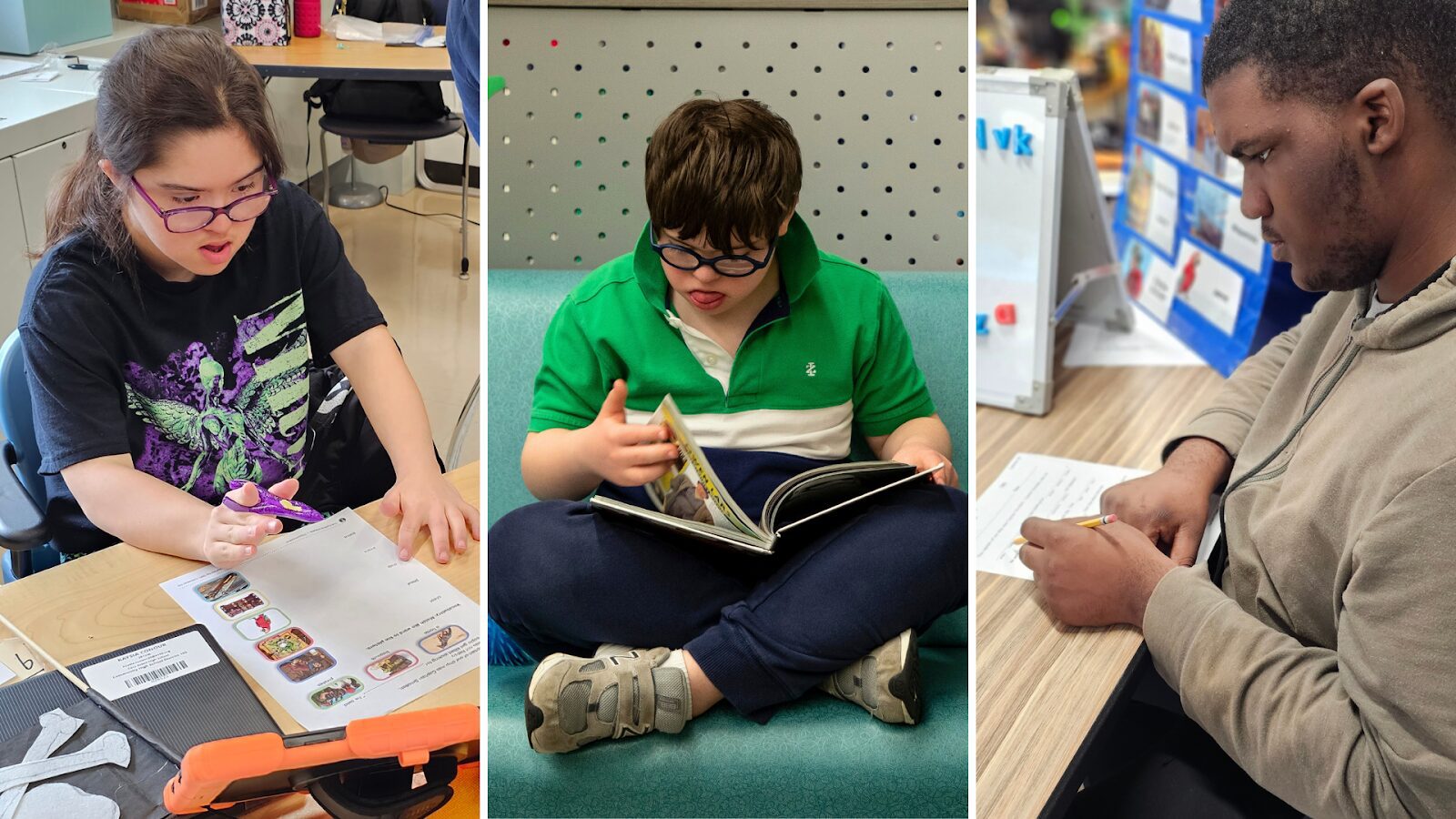Teaching Alphabet Letters and Sounds Using Letter of the Day
Research has continued to support literacy instruction that prioritizes growth over mastery, providing increasing evidence that using a Letter of the Day approach rather than a Letter of the Week or Month is the best instructional practice for teaching alphabet letters and sounds.
In additiion to being aligned with the science of reading, a letter of the day approach is particularly beneficial to those students who need more repetition as they gain alphabet knowledge.
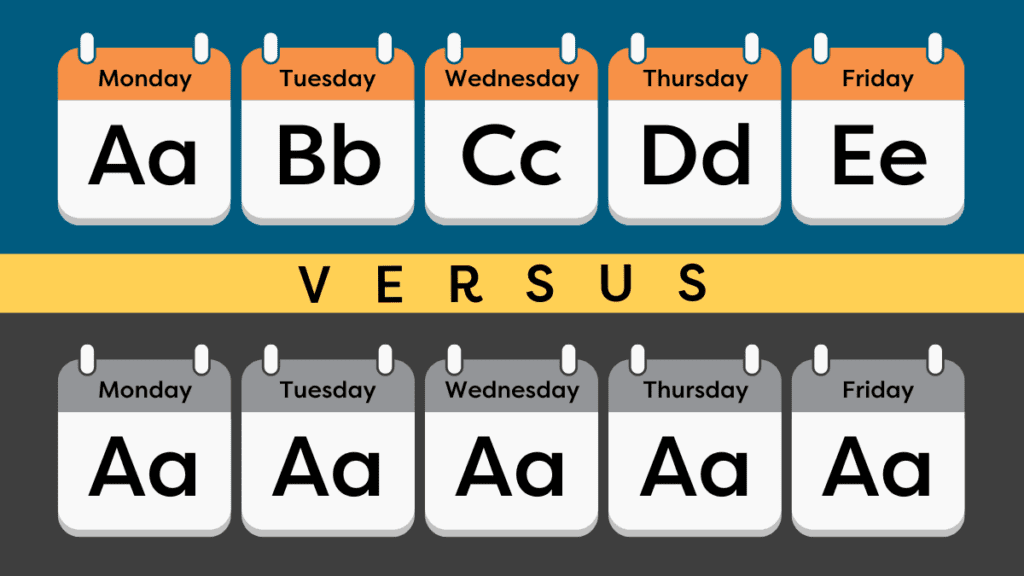
The Science Behind Teaching Alphabet Letters and Sounds
Alphabet knowledge is a foundational skill for early literacy learners because it provides the building blocks upon which students begin to develop phonemic awareness and word recognition. The National Reading Panel outlined that “knowledge of letters is essential for transfer to reading and spelling.”
The importance of alphabet knowledge is seen in elementary classrooms across the country, with cork boards dedicated to the current letter being taught. Educators and researchers long believed that prolonged exposure to single letters helps students better retain information. However, more recently, literacy instruction research has pointed to the limitations of this approach, particularly for students receiving special education services or those who struggle the most with learning the alphabet.
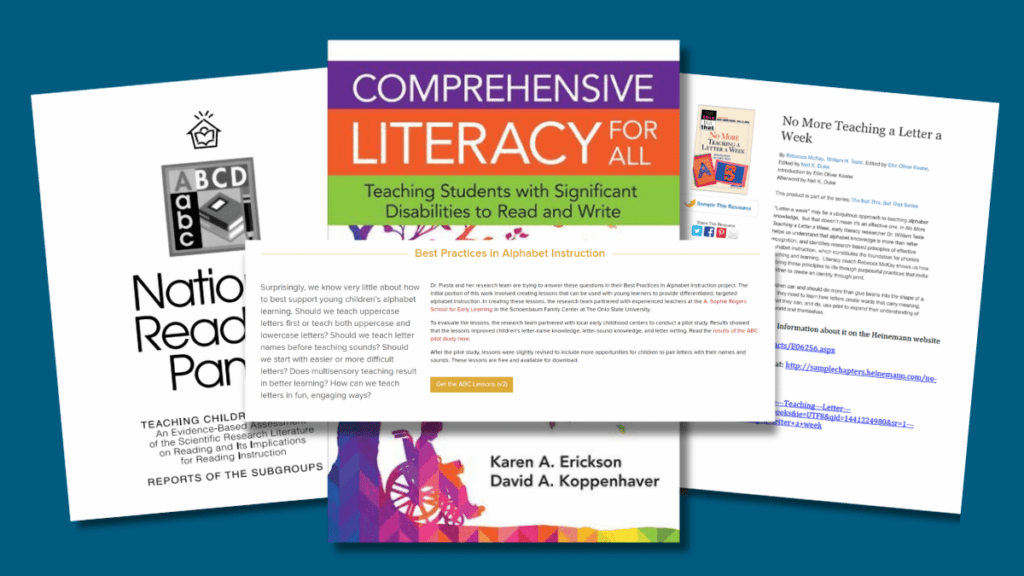
Research Supporting Letter of the Day Alphabet Instruction
They identify four ways that “lengthy, drawn-out instruction that treats each letter as equal is inherently flawed”:
- Many young children already know some letters, making it unnecessary to spend an entire week “learning” what is already known.
- For students who do not know letters, a Letter of the Week approach takes 26 full school weeks (until approximately mid-March) to learn the entire alphabet, which is disadvantageous to students who are at risk of experiencing reading difficulties.
- Learning requires repetition and practice, yet a Letter of the Week in a typical 36-week school year allows for only one complete instructional cycle on the letters, sounds, and symbols of the alphabet.
- Not all alphabet letters are created equal in terms of difficulty or ease of learning, necessitating variation in instructional focus.
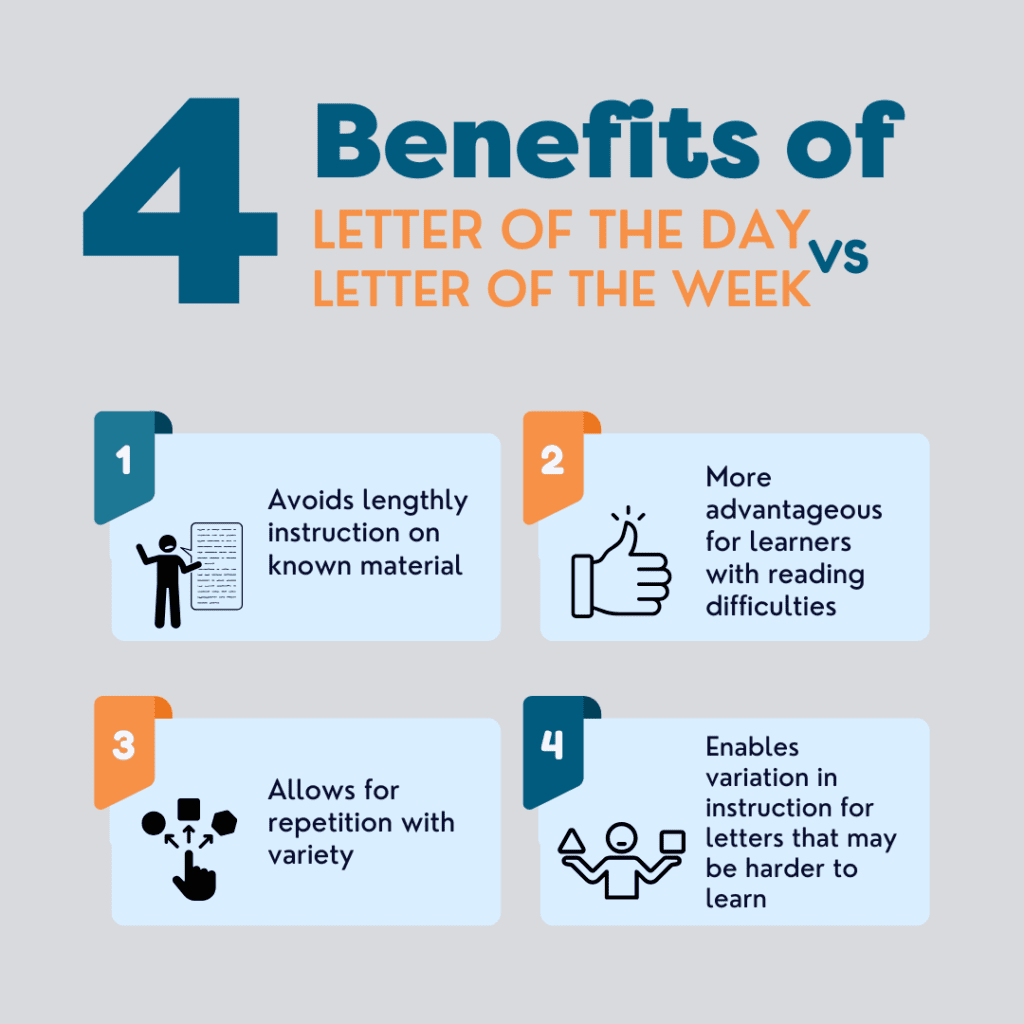
Order to Teach Letters During Explicit Alphabet Instruction
Moreover, strategies developed by Erickson and Koppenhaver (2019) to meet the needs of students with significant disabilities align with the Letter of the Day approach. These strategies ensure that all students, regardless of their abilities, can benefit from a structured and evidence-based literacy instruction program.
Implementing Research-Aligned Alphabet Instruction
Adopting a Letter of the Day routine can ensure that every teacher is following research-based pedagogy and grounding their instruction in a science of reading approach. EAK and Learning Letters™ are both ways to deliver explicit and effective alphabet instruction that includes repeated cycles of letter learning. This ensures exposure to all letters and meets the varying needs of a diverse classroom of learners.
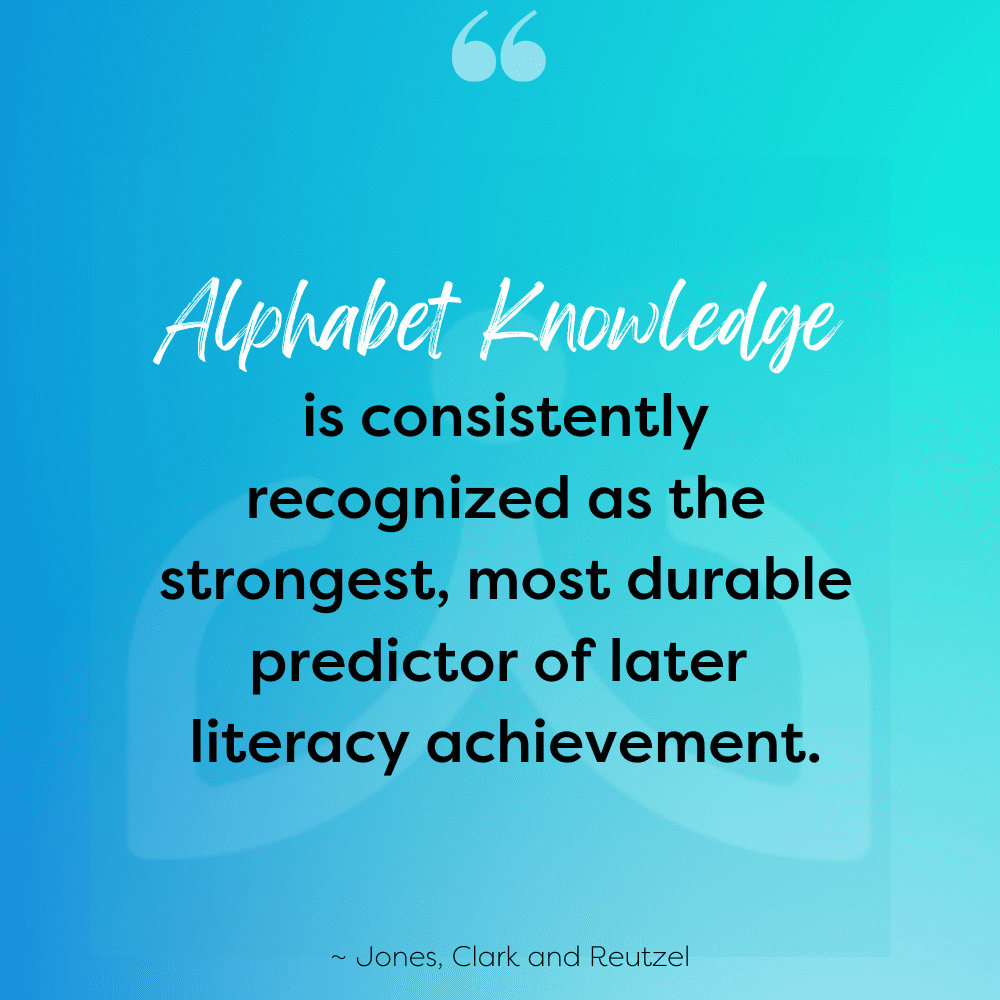
Increasingly, school districts are working to assure that the literacy curriculum used is aligned with research; specifically the research that makes up what is referred to as the science of reading. Examining whether educators are adopting a Letter of the Day approach instead of a Letter of the Week approach is a step in that direction.


